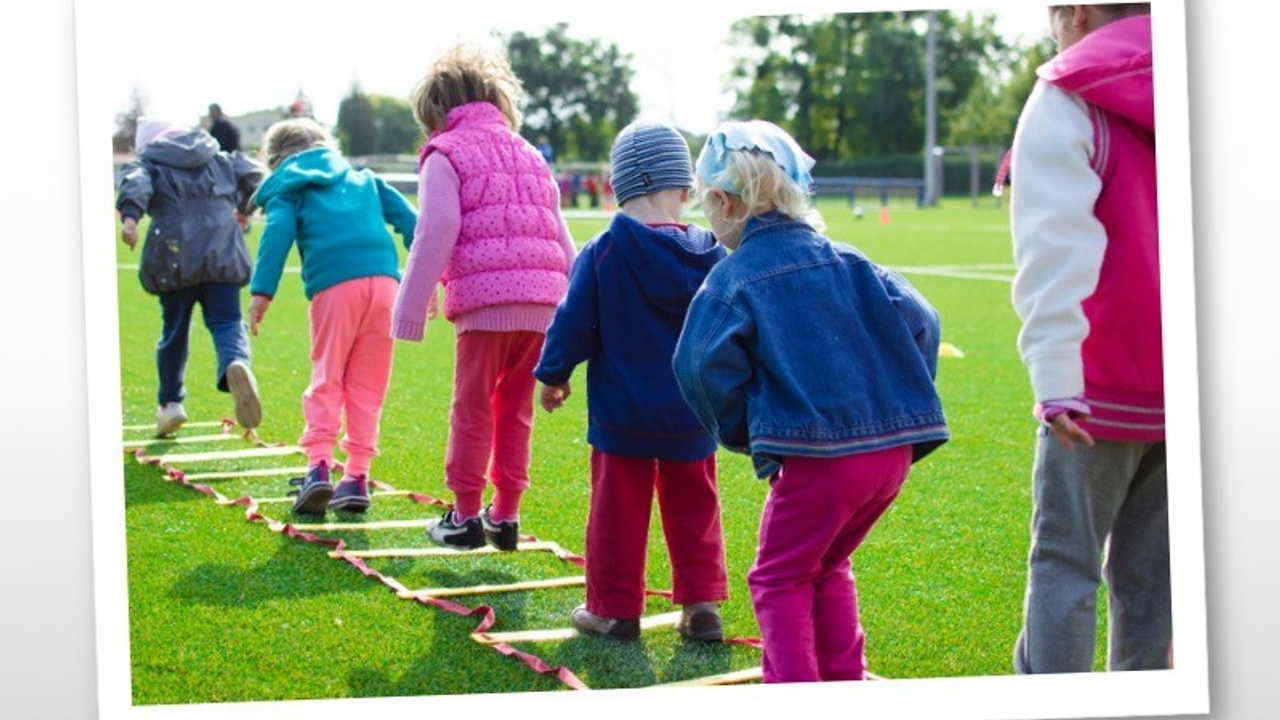The Socially Skilled Kids Blog
Distance Learning | How To Do “School From Home”
Jul 16, 2020
How to Respond to the Student Who Always Argues
Jul 16, 2020
Teaching Teamwork and Cooperation Skills to Students
Jul 16, 2020
How and Why to Use a Behavior Contract for Students
Jul 15, 2020














